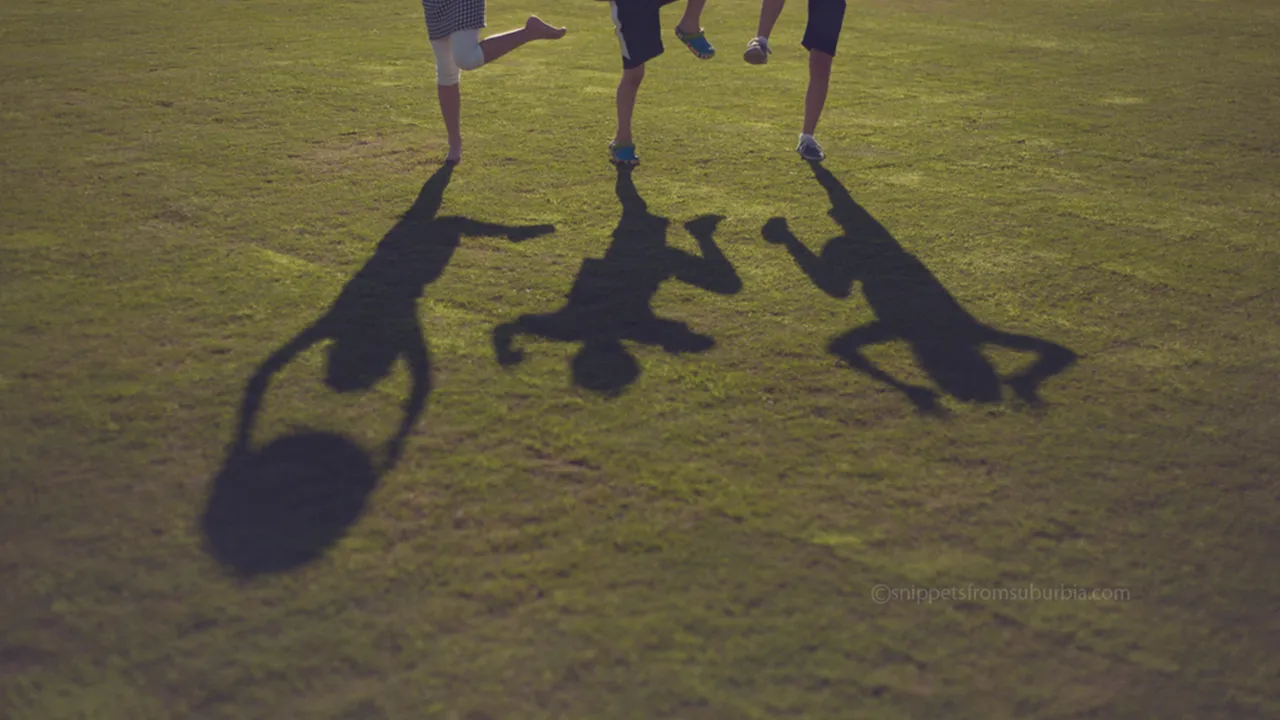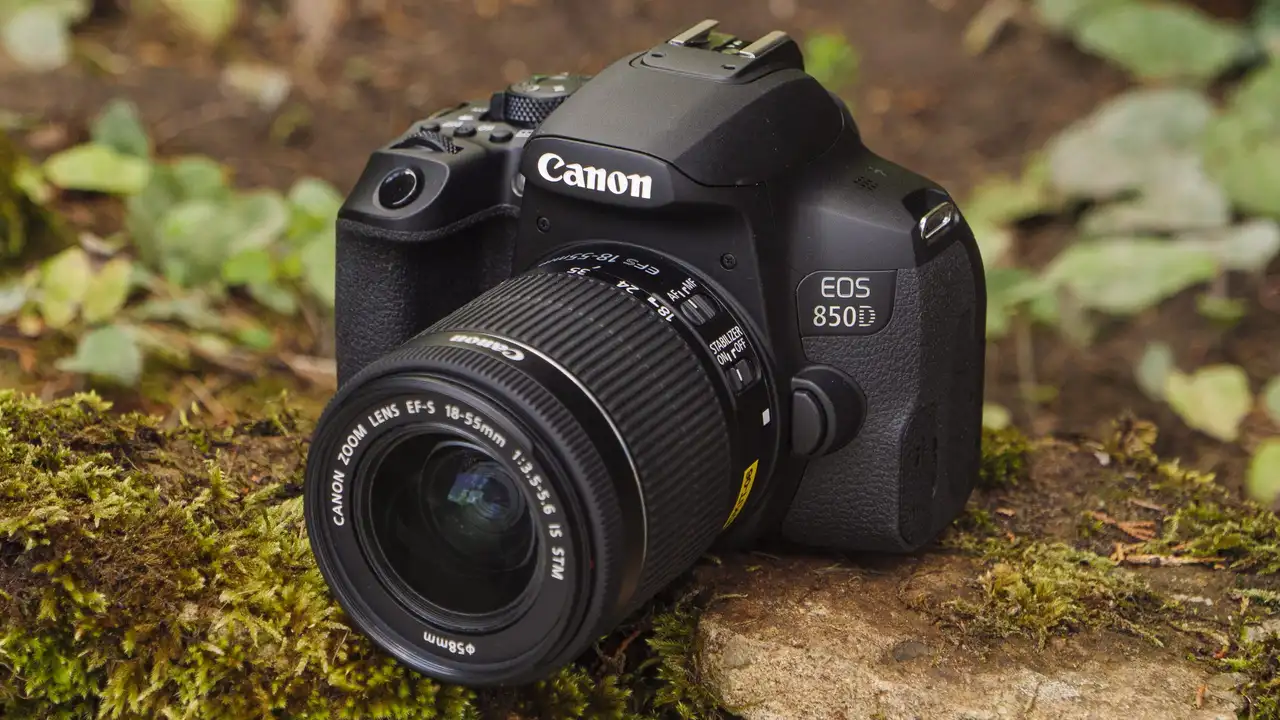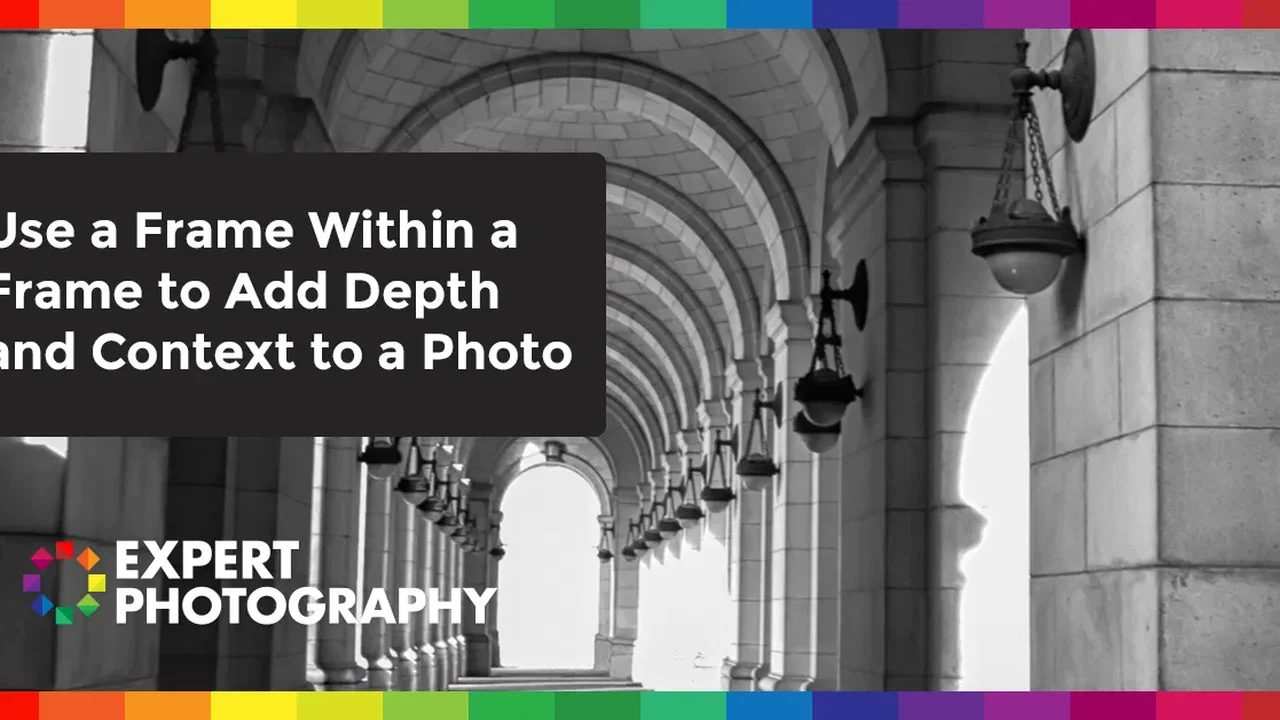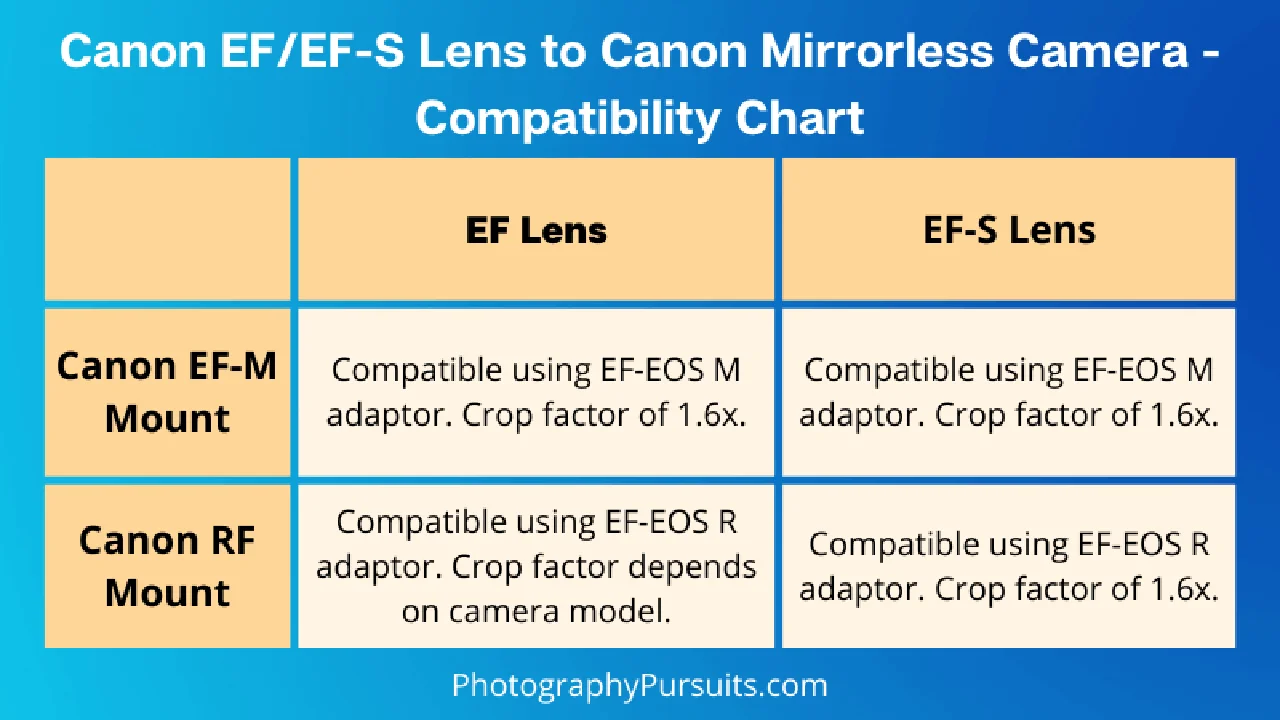Lens Filters: Essential Accessories for DSLR Photography
Lens filters are crucial tools for DSLR photographers, enhancing image quality and protecting lenses. This article explores various filter types, their uses, and how they can improve your photography. We'll also delve into specific product recommendations, comparing features and prices to help you choose the right filters for your needs.
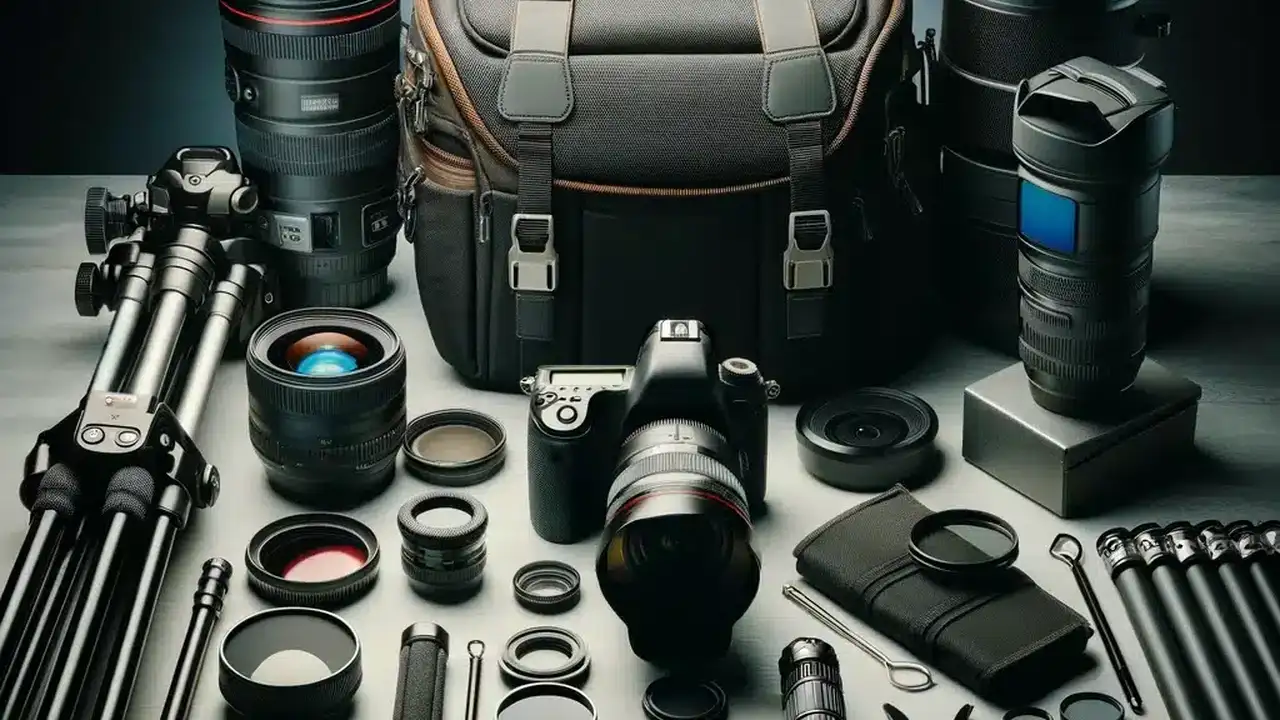
Understanding Lens Filters for DSLR Photography
So, you're diving into the world of DSLR photography? Awesome! One of the first things you'll hear about are lens filters. Now, they might seem like just another accessory, but trust me, they're way more than that. Think of them as essential tools that can drastically improve your images and protect your precious lenses.
What exactly are lens filters? Simply put, they're pieces of glass or plastic that attach to the front of your lens. They come in various shapes and sizes, each designed to perform a specific function. Some filters enhance colors, others reduce glare, and some even protect your lens from scratches and dust.
Types of Lens Filters and Their Uses
Okay, let's break down the most common types of lens filters and what they're used for:
UV Filters Protecting Your Lens and Improving Image Clarity
UV filters are often the first filters photographers buy. Their primary purpose is to protect the front element of your lens from scratches, dust, and fingerprints. Think of it as a screen protector for your phone, but for your expensive glass. While modern lenses already have UV coatings, an extra layer of protection never hurts. Plus, some UV filters can slightly reduce haze and improve image clarity in certain conditions, especially at high altitudes or near water.
Polarizing Filters Reducing Glare and Enhancing Colors
Polarizing filters are like sunglasses for your camera. They reduce glare and reflections from non-metallic surfaces like water, glass, and foliage. This is incredibly useful for landscape photography, where you want to capture vibrant colors and clear skies. By reducing glare, polarizing filters also enhance the saturation of colors, making blues bluer and greens greener. You can see the effect in real-time as you rotate the filter.
There are two types of polarizing filters: linear and circular. For most modern DSLRs, you'll want a circular polarizing filter (CPL). Linear polarizers can interfere with the camera's autofocus and metering systems.
Neutral Density (ND) Filters Controlling Light and Creating Motion Blur
ND filters are like sunglasses for your lens, but they're designed to reduce the amount of light entering the camera without affecting the color balance. This allows you to use slower shutter speeds in bright conditions, which is perfect for creating motion blur effects in waterfalls, rivers, or moving clouds. ND filters are also useful for shooting wide open in bright sunlight to achieve shallow depth of field.
ND filters come in various strengths, measured in stops of light reduction. A 1-stop ND filter reduces the light by half, while a 10-stop ND filter reduces it by a factor of 1024! Choose the right ND filter strength based on the amount of light you need to block and the desired effect.
Graduated Neutral Density (GND) Filters Balancing Exposure in Landscape Photography
GND filters are similar to ND filters, but they're only partially darkened. This allows you to balance the exposure between a bright sky and a darker foreground in landscape photography. For example, if you're shooting a sunset, a GND filter can darken the sky to prevent it from being overexposed while keeping the foreground properly exposed.
GND filters come in two main types: hard-edged and soft-edged. Hard-edged GND filters have a sharp transition between the dark and clear areas, while soft-edged GND filters have a gradual transition. Soft-edged GND filters are generally more versatile and easier to use, especially in scenes with uneven horizons.
Color Filters Adding Creative Effects and Correcting Color Casts
While less common in the digital age, color filters can still be used to add creative effects or correct color casts. For example, a warming filter can add a golden hue to your images, while a cooling filter can reduce the warm tones. Color filters can also be used to enhance specific colors, such as red or blue.
Recommended Lens Filters and Their Uses
Alright, let's get down to some specific product recommendations. Keep in mind that the best filter for you will depend on your specific needs and budget.
B+W 77mm UV Haze MRC 010M Filter Protecting Your Investment
The B+W UV Haze MRC filter is a high-quality UV filter that provides excellent protection for your lens. It features multi-resistant coating (MRC) to reduce reflections and improve light transmission. It's a bit pricier than some other UV filters, but the quality is worth it for serious photographers. You can find this for around $70-$100.
Use Case: Everyday lens protection, especially in dusty or sandy environments.
Hoya 77mm Circular Polarizing Filter Enhancing Landscapes
The Hoya Circular Polarizing filter is a popular choice for landscape photographers. It effectively reduces glare and enhances colors, making it ideal for shooting landscapes, seascapes, and architecture. Expect to pay around $50-$80.
Use Case: Landscape photography, especially when shooting near water or in bright sunlight.
Tiffen 77mm Variable ND Filter Creating Cinematic Effects
The Tiffen Variable ND filter allows you to adjust the amount of light reduction with a simple twist of the filter ring. This is incredibly convenient for video shooters who need to quickly adapt to changing lighting conditions. It typically ranges from $120-$180.
Use Case: Video shooting, long exposure photography, and creating motion blur effects.
Lee Filters 100x150mm Graduated Neutral Density Filter Kit Precision Control
For serious landscape photographers who demand the highest quality, the Lee Filters GND filter kit is an excellent choice. Lee Filters are known for their exceptional color neutrality and durability. However, they require a separate filter holder, which adds to the cost. A kit can cost anywhere from $200-$400, depending on the number of filters included.
Use Case: Professional landscape photography, where precise control over exposure is essential.
Comparing Lens Filters Choosing the Right One for You
Choosing the right lens filter can be overwhelming, especially with so many options available. Here's a quick comparison to help you make the right decision:
- UV Filters: Essential for lens protection. Choose a high-quality filter with multi-resistant coating for optimal performance.
- Polarizing Filters: Ideal for landscape photography. Circular polarizing filters are a must for modern DSLRs.
- ND Filters: Perfect for long exposure photography and video shooting. Choose the right strength based on your needs.
- GND Filters: Essential for balancing exposure in landscape photography. Soft-edged GND filters are generally more versatile.
Price Comparison:
- Budget-Friendly: Hoya, Tiffen
- Mid-Range: B+W
- High-End: Lee Filters
Using Lens Filters Tips and Tricks
Here are a few tips and tricks to help you get the most out of your lens filters:
- Clean your filters regularly: Dust and fingerprints can degrade image quality. Use a microfiber cloth and lens cleaning solution to keep your filters clean.
- Stacking filters: Avoid stacking too many filters, as this can cause vignetting (darkening of the corners) and reduce image quality.
- Experiment with different filters: Don't be afraid to try different filters and see how they affect your images.
- Buy quality filters: Cheap filters can degrade image quality and cause color casts. Invest in high-quality filters from reputable brands.
Lens filters are a valuable addition to any DSLR photographer's toolkit. By understanding the different types of filters and how they work, you can enhance your images and protect your lenses for years to come. Happy shooting!
:max_bytes(150000):strip_icc()/277019-baked-pork-chops-with-cream-of-mushroom-soup-DDMFS-beauty-4x3-BG-7505-5762b731cf30447d9cbbbbbf387beafa.jpg)



